While healthcare may not have had as bright of a spotlight as inflation during last year’s mid-term elections, it’s typically a key concern for many Americans every day; not just on their way to the polls. Yet, there’s a predicament developing within healthcare that isn’t being discussed that could really impact access to care for many U.S. citizens. That trend is the financial pressure facing rural hospitals and the subsequent threat of many communities seeing their local care facilities’ doors permanently close.
According to KFF, four out of five nonprofit hospitals and health systems had negative operating margins in 2022. Many of these hospitals found a short respite during the pandemic due to PHE relief funds, but government support is coming to an end and the pandemic has left lingering side effects (labor shortages and higher costs) making operations even more difficult.
In this blog series, we’ll be offering up some revenue cycle best practices that rural hospitals can employ to improve profit margins and remain financially viable. Naturally, we’ll begin by looking at the front-end of the revenue spectrum:
1. Pre-visit Checklists
As part of your patient pre-visit checklist, have your scheduling or registration staff complete verification tasks on demographic information, insurance benefits, prior auth requirements and patient balance estimates. These verification steps should be completed at least 3 days ahead of scheduled visits and should help mitigate some of the most avoidable denials.
2. Pre-visit Calls
Fast Fact: According to Change Healthcare, registration and eligibility accounts for 22% of all denials.
Hospitals should utilize scripted, pre-registration calls ahead of appointments. These scripted calls not only act as another appointment reminder for patients but ensure staff members are verifying the following information is accurate in the system:
- Demographic information
- Review reason for visit
- Insurance information/verification
- Provide estimated co-pays and deductibles
- Discussion of previous financial balances
Fast Fact: 80% of patients would prefer financial explanations in advance from their providers, per a West Insights and Impact study.
A script can be very helpful in driving confidence and tact around financial discussions which can be uncomfortable for many staff members. This phone call can also initiate discussions around financial screening to determine charity care eligibility.
3. Collection Efforts at Registration
Collection efforts at POS are becoming critical for rural hospitals due to the increasing popularity of HDHPs and the growing number of uninsured, yet many aren’t putting enough emphasis on improvements in this area.
As mentioned above, having your staff prepared with a script for an in-person financial discussion is critical. The approach should be highly sensitive and empathetic. To accomplish this in the most authentic way, the access staff’s number one goal should be to help patient’s understand their balances.
Fast Fact: More than 30% of patients leave care settings without paying anything and are 50% less likely to pay once gone, per Finance Systems Inc.
Another approach to consider when trying to improve POS collections is to discuss flexible in-house payment plan options along with potential discounts for patients able to make same-day payments. Interdepartmental planning will be necessary to determine standardized parameters and patient qualifications for said payment plans as well as feasible discounting.
4. Track Performance
Creating measurable goals provides teams with greater direction, motivation, focus and accountability. The revenue cycle team should consider creating goals and tracking metrics for their upstream counterparts. Here are a couple ideas on metrics to track that can help keep the team focused on patient collection improvement:
- Create POS collection targets as a percent of net patient revenue for registration teams, PFS teams and departments at various sites.
- Track and review actual POS collections versus projected. The projection should be the sum of estimated patient responsibilities based on coverage for a specific period (month).
HCM partners with Rural Hospitals and Medical Centers to achieve and define goals. Since financial performance is impacted from access to patient billing, revenue cycle teams are best to align their resources abilities, expertise, and time practically. Identifying expertise and resource gaps with a partner, determining what makes sense to execute upon (e.g. project, outsourcing) with HCM embodies our bridging the gap approach.
Stay tuned for Part II of our Rural Health Revenue Cycle blog series where we dive into some mid-cycle best practices that can make a difference on financial bottom lines.
In the meantime, if your team is struggling with patient collection performance or payer denials rework due to front end missteps, HCM can provide direct support or host a best practices discussion free of charge.
At HCM, we’re bridging the gap between current and optimized revenue performance for rural hospitals.



